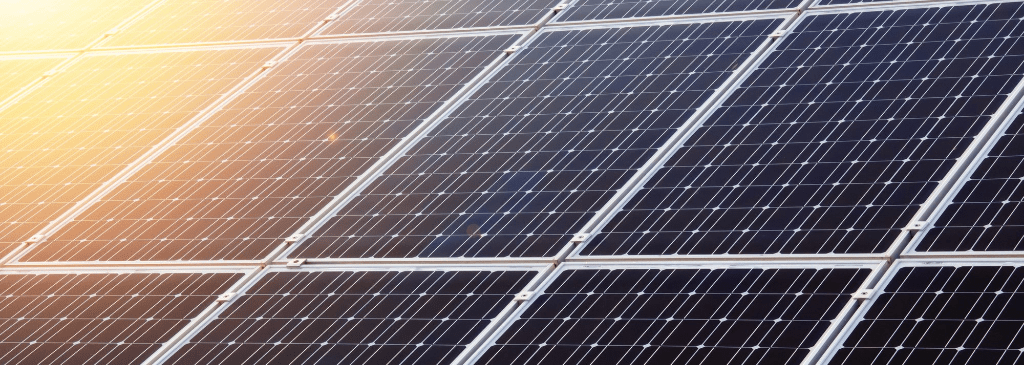Batteries play an important role in any photovoltaic system. Thanks to them, it is possible to accumulate and store the produced energy. This is especially important in the case of off-grid systems, meaning systems that are not connected to the power grid. So let’s see how photovoltaic batteries work, what are their types, and how to connect them to a PV system.
Here’s what you’ll find out from this article:
- How do photovoltaic batteries work?
- What are the effective ways of storing energy?
- What to focus on when choosing a battery for photovoltaic systems?
Batteries for photovoltaic systems – how does this work?
The starting point for our considerations should consist in understanding how a standard on-grid photovoltaic system (i.e. one that is connected to the power grid) which has not been equipped with a battery actually works.

Thanks to taking advantage of sunlight, photovoltaic panels generate energy in the form of direct current. Then it reaches a solar inverter that converts it into alternating current – one that flows in our sockets and powers our devices. We wrote more about photovoltaic inverters here: CLICK.


However, what’s important is that panels do not produce the same amount of energy all the time. This depends on the time of day or year – more electricity will be generated in the summer when the sun shines longer. It is worth emphasizing that the panels also work on cloudy days – their efficiency decreases, but we cannot say that there is absolutely no power being generated. However, panels don’t work at night, because there is nowhere to draw the power from. So how to manage the produced energy and use it at night or during the winter?
Why is a battery added to a photovoltaic system?
The primary function of photovoltaic batteries is to store surplus energy. In other words, a properly selected equipment is able to hold the power in the cells and allows us to manage it in accordance with household needs. Therefore, thanks to batteries, we are able to reduce the losses associated with daily surpluses, and thus reduce the amount of surplus energy over the year.


Importantly, a photovoltaic battery can collect energy directly from the grid – for example at night when electricity tariffs are lower. The presented solutions are typical for an on-grid system, meaning a system connected to the mains. However, it is possible to become independent from the power grid and use only the energy produced by the panels. In this case, we are talking about an off-grid system, meaning one which is not connected to the network.
Types of photovoltaic batteries
Taking into consideration the chemical composition, the batteries are divided into several types. The most important include:
- lead-acid batteries, which are the most advantageous in terms of price compared to other types. This technology is older than in the case of other batteries, that is why you should take into account their smaller capacity.
- lithium-ion batteries that charge quickly and allow frequent, regular discharge. This is a type of batteries that will be great for photovoltaic systems – precisely due to their capacity and discharge properties.
- LiFePO4 batteries, meaning lithium-iron-phosphate batteries. They are most often used as an energy source in camper vans or on boats, although they constitute an excellent alternative for classic energy storage in photovoltaic systems. They are very efficient and have a long service life. Importantly, they have a constant capacity throughout their lifetime.


What to focus on when choosing a battery for photovoltaic systems?
When choosing a battery for a photovoltaic system, we must first determine the load power of the devices connected to the system. Additionally, the duration of their operation should also be estimated. Importantly, in addition to a battery, it is also necessary to have a converter which in turn should be adapted to the system’s voltage and power, so that the connected devices can function properly.


We must remember that it’s not enough to have a PV system battery to talk about an efficient system. We also need, for example, a charging regulator that controls the operation of the panels and storage, and creates protection against overcharging the battery.
Combining a photovoltaic system with a battery is a good idea for all those who want to be more independent from the power grid. When choosing devices that support a PV system, it is important to take into account the requirements and capabilities of photovoltaic panels.
Related posts
Most viewed entries
- Polish Inventors Who Changed the World – Do You Know Them All?
- The Scariest Myths About Electronic Devices – Halloween 2024
- The history of bicycle – International Bicycle Day
- Electricity in a camper van on holiday – a conundrum easily solve
- Off-grid installation on a plot. Is it worth it?
- Charging your electric car at home without a wallbox

